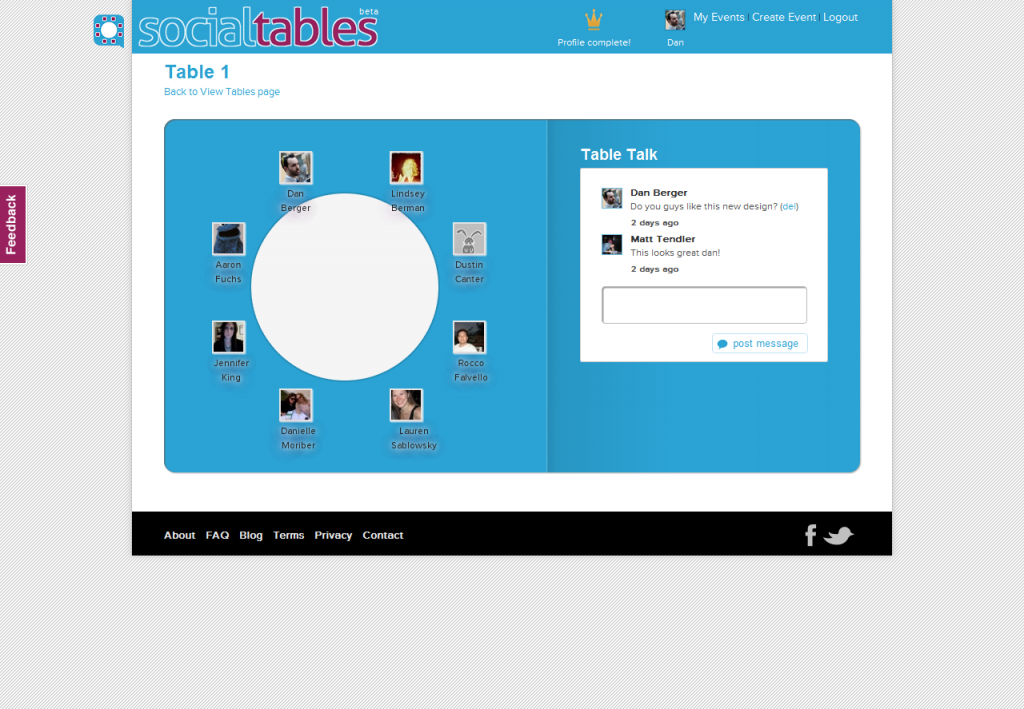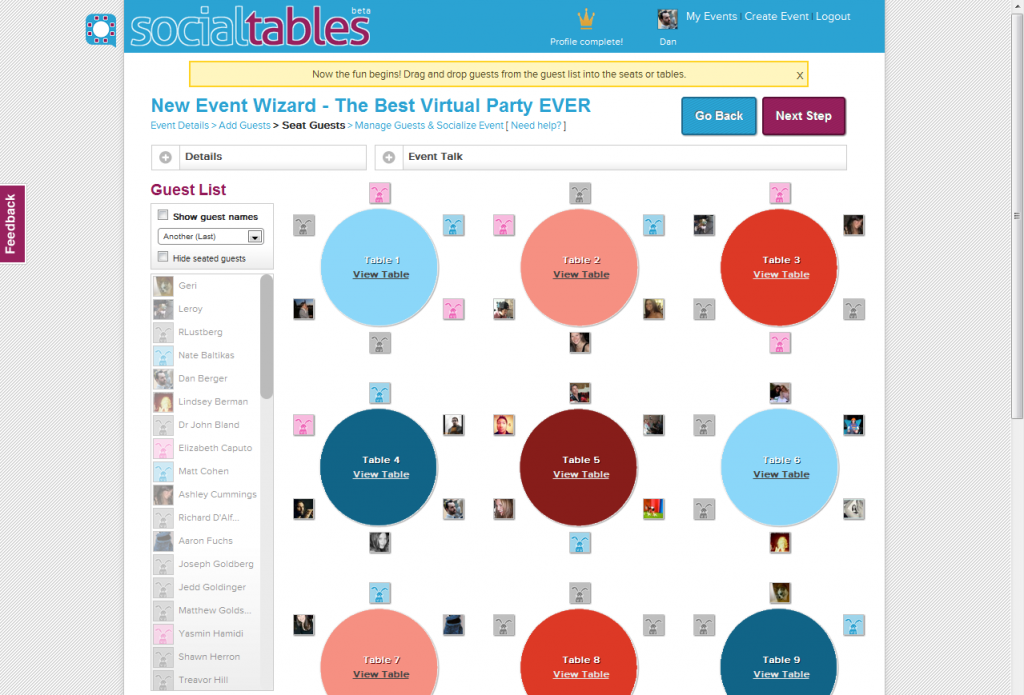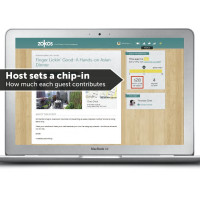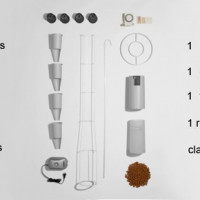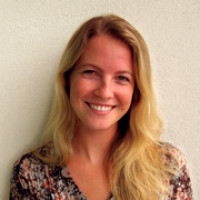Meet Dan Berger and Matt Tendler, co-founders of Social Tables, a newly launched social networking site geared towards both event planners and event guests. I was first introduced to Dan by a common friend who thought it may be interesting to use his site for a supper club that I run. I found that Social Tables is not only making the job of an event planner easier, but the site also makes it easier for guests to connect at a host of different events from intimate supper clubs to large weddings.
I caught up with Dan and Matt right in the midst of their launch and was able to interview them on the different ways users are already interacting with the site and what new features they are focusing on for the future.
 Chitra Agrawal: What was the inspiration for the business?
Chitra Agrawal: What was the inspiration for the business?
Dan Berger & Matt Tendler: In December of 2010, we were discussing an upcoming friend’s wedding when it struck us: “Wouldn’t it be cool to meet the event’s guests before actually getting to the event?” After deep market research, we realized there was a real void in the social networking space when it comes to events with assigned tables, so we decided to do something about it and Social Tables was born.
CA: What is your business model?
DB & MT: Currently the site is free as we build features event planners are asking for. In the near future, hosts and organizers will pay for the product based on the quantity of guests attending an event. Smaller events will continue to be free.
CA: How does the site work? What’s the most unique way you have seen the site used so far?
DB & MT: Social Tables is simple to use. Planners create an event, import the guest list (our product plays nice with Gmail, Facebook, spreadsheets and even popular wedding sites), and seat them through a fun drag & drop interface. At this point, planners have the choice of socializing their event whereby invited guests could login into view the seating chart and interact with one another.
We are continuing to roll out new features frequently. We’re currently working on a mobile app that will enhance the guest experience and help planners with a new seating tool.
We have seen some pretty nifty uses of Social Tables thus far. A lot of people are using it for supper clubs. We’ve also seen some less traditional ways in which people are using our site. For example, a bocce ball league is using our site to introduce teams, each of which has been seated at a table, to one another before a tournament.
CA: Who is your target market and what problem is Social Tables solving for its users?
DB & MT: We’re currently targeting the weddings market but the product can work for any event with assigned tables. Seating is such an important component of many events and planners are using antiquated tools (clunky spreadsheets, post-its and sharpies). The technology behind Social Tables saves planners a ton of time and is an efficient way to deal with the ever-changing RSVP list. It’s a seamless tool for seating guests “in the cloud” (accessible from any computer). Moreover, it is a fun tool that enhances the guest experience through social integration.
CA: How do you incentivize user engagement?
DB & MT: We do this in several ways. First, we inform guests when a planner has seated them. This “seduction” is the equivalent of a Facebook photo tag — people want to see who they’re seated with and they login to see the seating chart. Second, upon entering the site, users are encouraged to go through a profile completion process that encourages sharing of information through game mechanics. Third, we have two chat interfaces — TableTalk and EventTalk — that let users interact with either all guests or those seated at their table. We are also building a private messaging system.
CA: You claim to be the “only social networking site for events with assigned tables that was built with event planners in mind.” Who are your competitors?
DB & MT: There is currently no social seating tool. In other words, there is no website out there that enhances both a planner’s experience and a guest’s experience.
CA: What are the most interesting, unexpected things you have learned?
DB & MT: How much people love this idea!
CA:What have been your greatest challenges?
DB & MT: Finding a Ruby* developer who will take equity.
* Ruby is a popular open-source language which lends itself to object-oriented programming for the Web.

